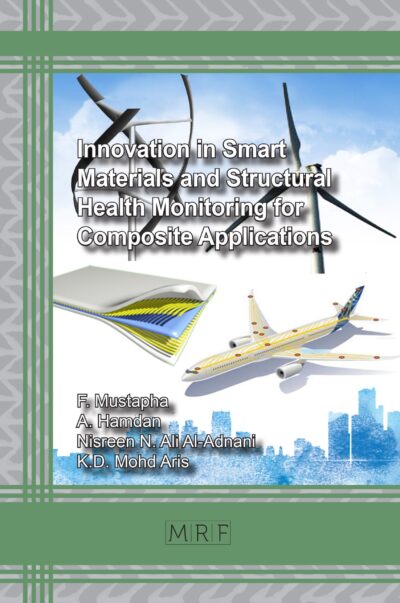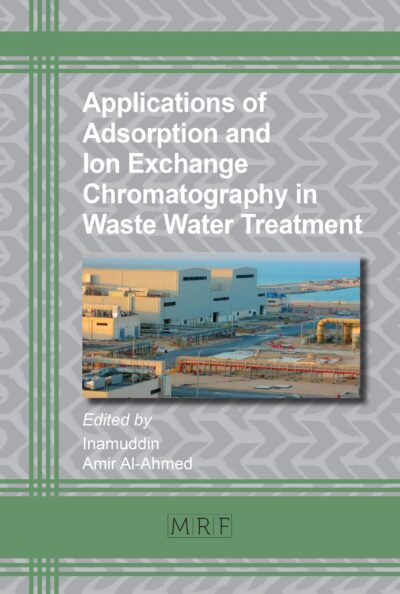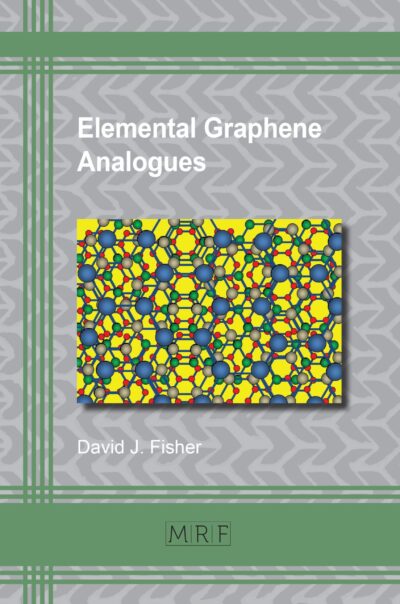Topological Semimetals
David. J. Fisher
Materials Research Foundations Vol. 48
Publication Date 2019, 164 Pages
Print ISBN 978-1-64490-014-7 (release date April, 2019)
ePDF ISBN 978-1-64490-015-4
DOI: 10.21741/9781644900154
Topological semimetals are quantum materials that are not only extremely interesting from a theoretical point of view but also have a great potential for technological applications in which superconducting, semiconducting and other semimetal behaviors are involved. Specific applications include quantum computing, fabricating superconducting microstructures, environmental ‘harvesting’ of energies which would otherwise go to waste immediately as heat, and fabricating topological quantum devices on industrial-scales. The book references 307 original resources and includes their direct web link for in-depth reading.
Keywords
Quantum Materials, Macroscopic Quantum Phenomena, Topological Semimetals, Dirac Semimetals, Weyl Semimetals, Nodal-Line Semimetals, Antimony and Antimonides, Antimonene, Arsenides, Bismuthides, Boron, Borides, Borophene, Carbon and Carbides, Chalcogenides, Nitrides, Phosphorus, Phosphides, Silicides, Topological Metals, Topological States of Matter
Google Preview
Table of Contents
Introduction to Topological Semimetals 1
Dirac Semimetals 15
Weyl Semimetals 18
Nodal-Line Semimetals 24
Antimony and Antimonides 35
Antimonene 35
Arsenides 42
Bismuthides 62
Boron and Borides 76
Borophene 76
Carbon and Carbides 78
Chalcogenides 82
Metals and Alloys 100
Nitrides 105
Oxides 111
Phosphorus and Phosphides 119
Silicides 127
Miscellaneous 130
References 131
Keyword Index 155














